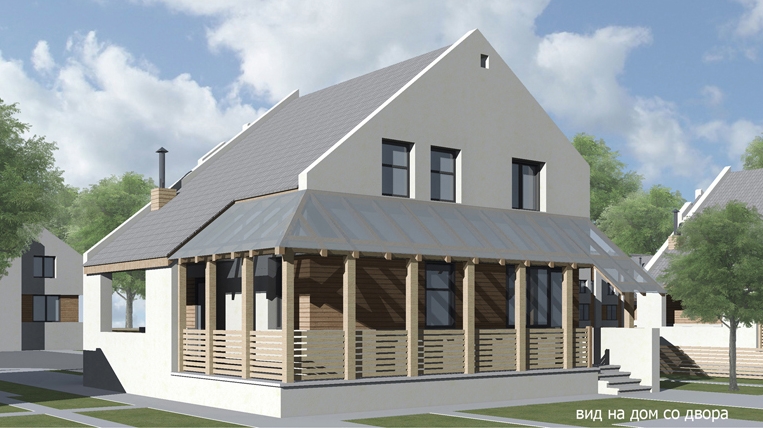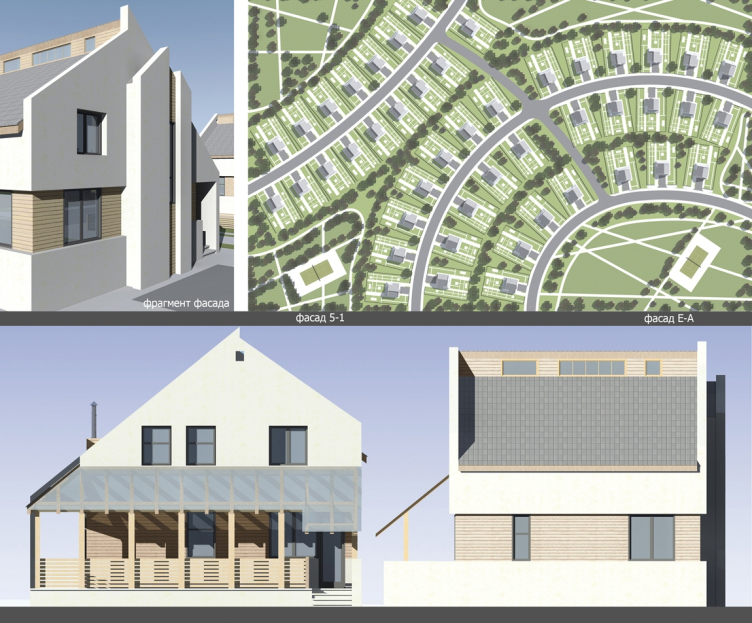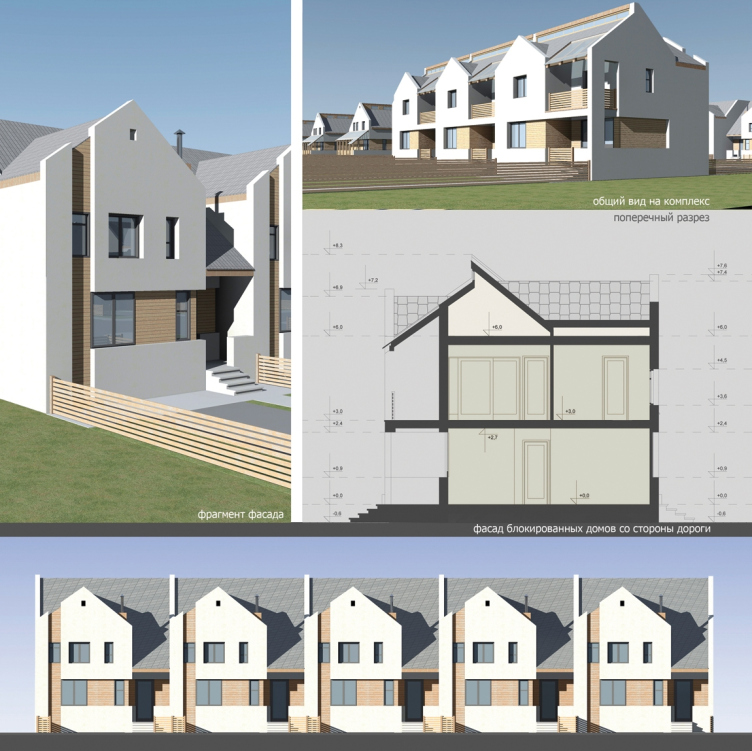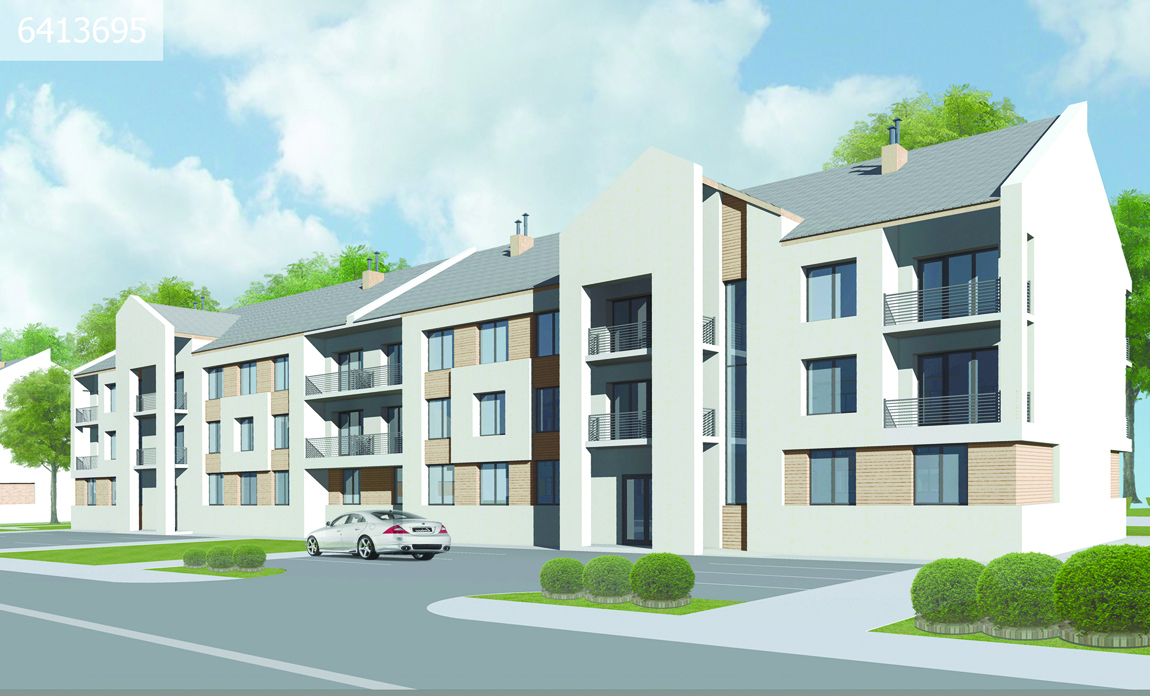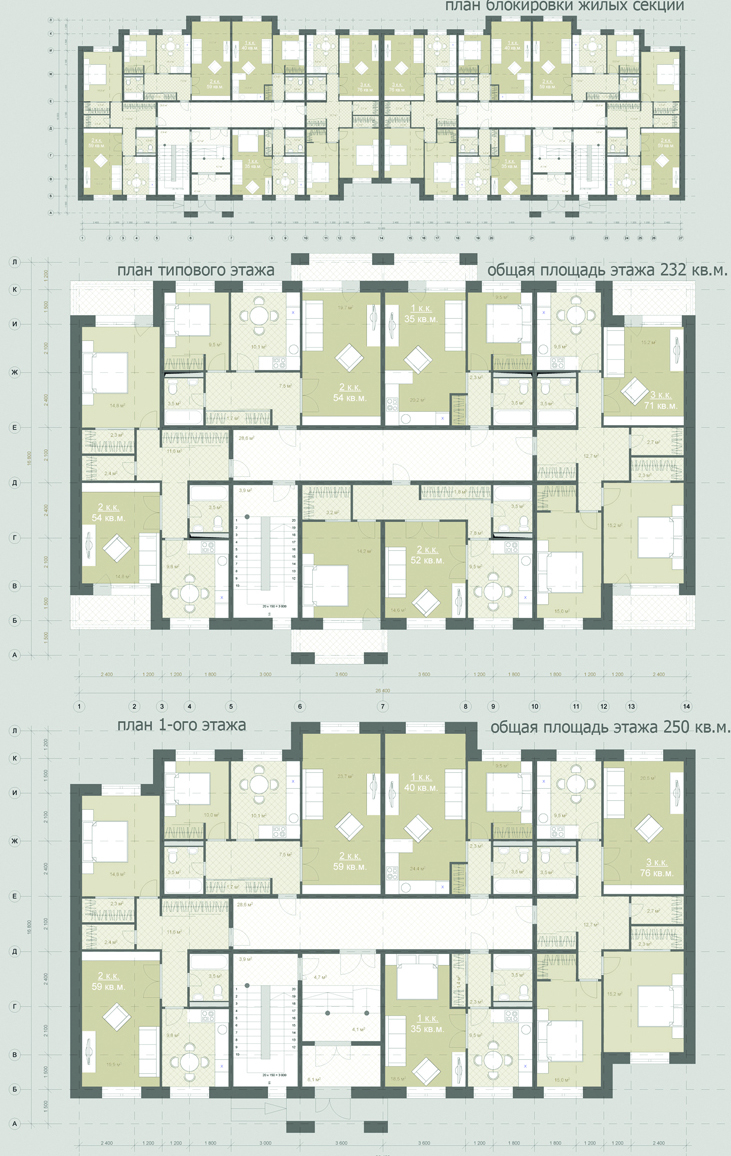About the project that was awarded
the main award of the contest, Archi.ru is talking to architect Aleksey Ivanov.
"We participated in the RHDF contest for
the third time around, and it seems to us that we were finally able to come up
with the formula of the perfect economy housing. In the previous years, we were
looking to offer, within the framework of this contest, some new and
groundbreaking housing models - both from the planning and from the stylistic
standpoint - that is, until we finally recognized that these experiments are
not really compatible with the idea of economy as such, and, at the end of the
day, are not something that the end consumer of such housing is after. This
year we placed our bets on the simplicity and practicability of our solutions -
and, as the results of the contest prove, we did the right thing.
"Arkhstroydesign ASD" not only got the Grand Prix of the contest but
also won the first prize in the nomination "Individual Residential
House", and in the other two nominations - "Apartment House" and
"Block Residential House" - we won "silver".
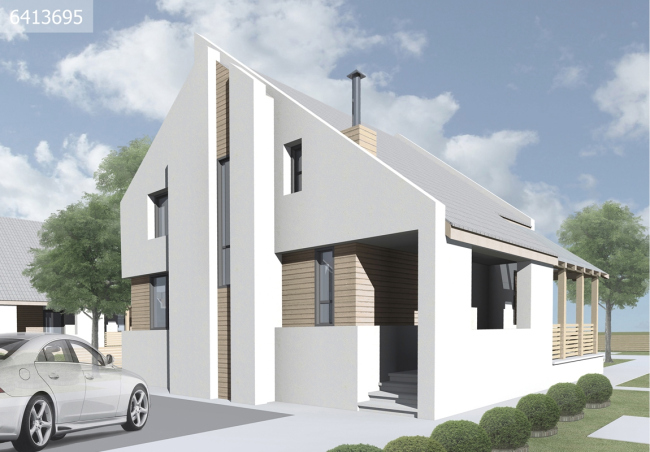
Our individual residential house sports the traditional gable roof whose crest we shift considerably off-center in respect to the central axis. This technique makes the silhouette if our cottages more dramatic. And, while this shift has virtually no effect on the image of the roof, the image of the side facades is fully conditioned by these tectonics: the narrow wooden insert splits the fronton into two halves that exist independently from one another. On the combination of these two main materials - white stucco and natural wood - the image of this house is based: by using the wooden panels, we visually fracture the facades, preventing them from looking too monolith. This same task is performed by the window openings that we deliberately make different-sized (using the window frames of the standard size, of course), as well as by the niches of the entrance porch and the spacious veranda at the back side of the house. As for the veranda roof, we propose to execute it from semi-transparent polycarbonate - an insert of this material is cut into the slope of the roof at an angle of its own which makes the silhouette of the building look still a little more sophisticated and even piquant.
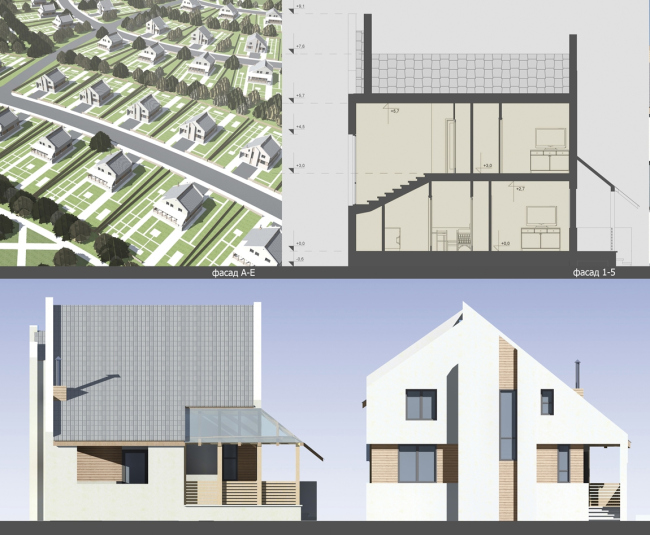
Individual residential house
The strong point of our project (and this was unanimously noted by the judging panel) is the planning that we looked to make as rational and cost-efficient as possible. On the territory of a little more than 100 square meters we were able to place 3 bedrooms, a large drawing/dining room, and a sufficient number of closets and bathrooms. One of the main features of the projects is the fact that only the outer walls perform the bearing function, so, should this be necessary, the apartment owners will be able to adjust the partitions to their liking.
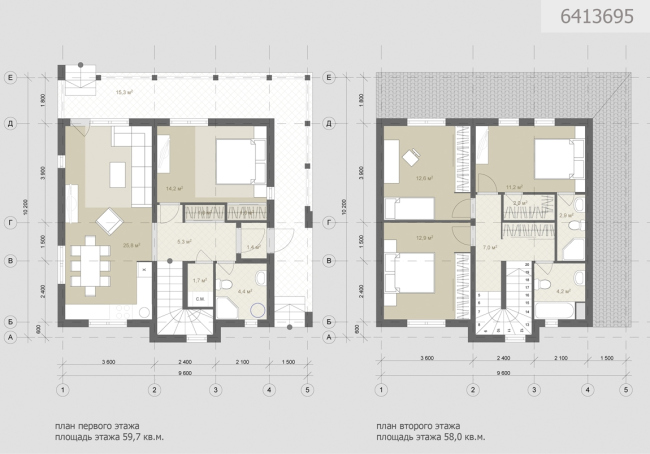
Individual residential house. Layouts
The apartment house and the townhouses are in fact modifications of the cottage archetype. In fact, we "put together" the block housing of the same houses, cutting their facades a little and making the shape of the roof a little more complex. The crucial point for us here was spacing the entrances out to each if the sections - the houses are grouped into blocks in such a way that the neighbors do not need to be constantly bumping into one another before the doors - instead, they will see each other from a distance. Each of our townhouses has a terrace of its own - but here we did not have to make a special awning for it; the terrace is integrated into the main volume.
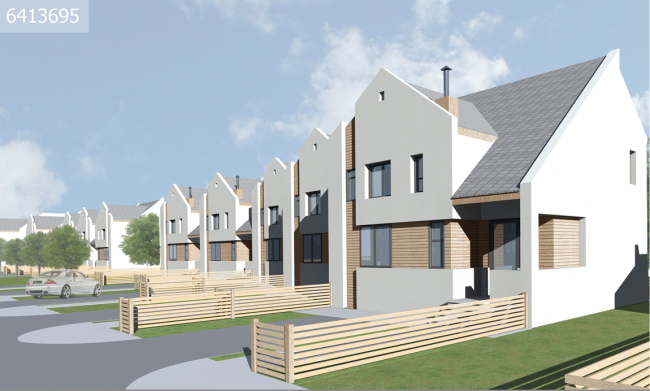

Townhouse
Yet more complex looks each of the structures of the three-story apartment house. Its color palette is also based on the white and light wooden hue but here we use the panels to make more sophisticated compositions that allow us to bring variety into elongated facades. Their plastic is enriched by the stairwells that stand out from the main volume and are crowned by a gable roof with its crest shifted noticeably off-center.
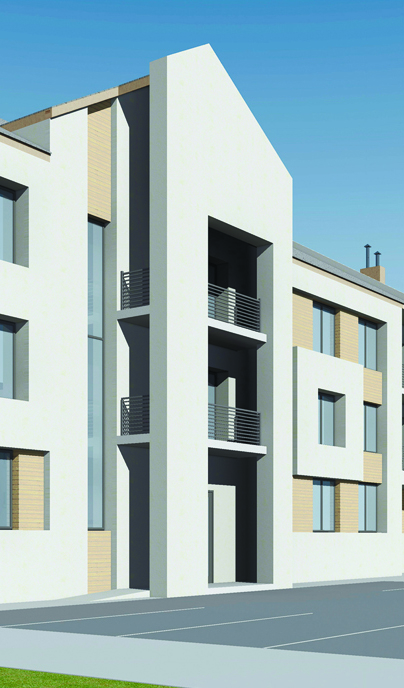
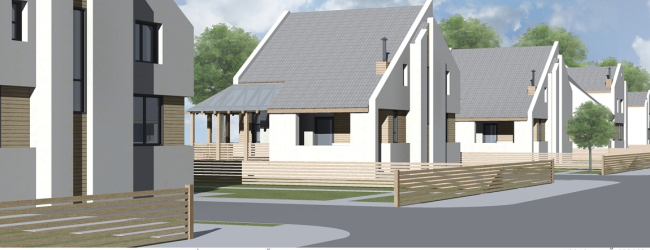
Individual residential buildings
In other words, out of a few simple and clear-cut ingredients, we get sunlit, reasonably penetrable volumes that sport, as we hope, a self-sufficient appearance that also looks great when multiplied manifold. Oh, and by the way, we, at our own initiative, developed master plans of settlements consisting of the houses of all the three types - we wanted to make absolutely sure that the pieces of housing that we developed can live at absolute peace with one another. We tried to turn such multi format housing into a comfortable "habitat" with the help of the radial and circular layout of the master plan where the central public territory is not rigidly fixed but smoothly transitions to privately-owned houses.










